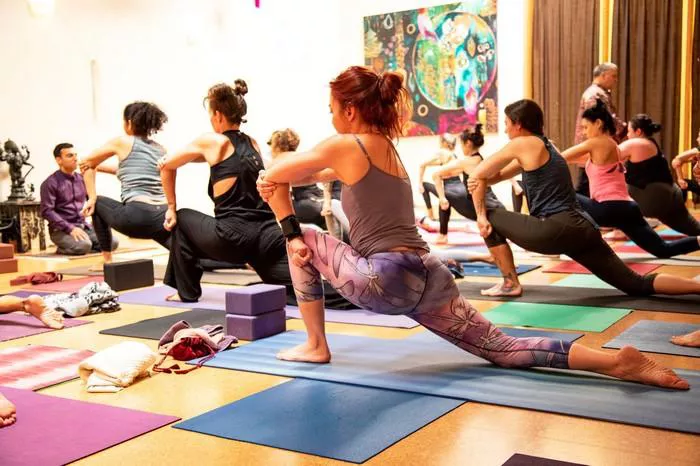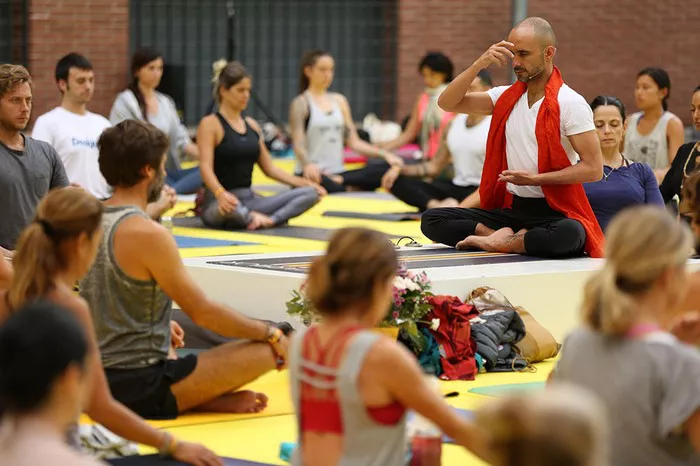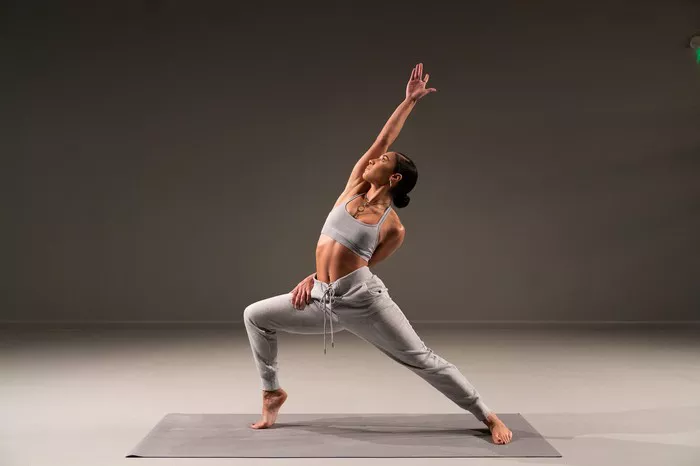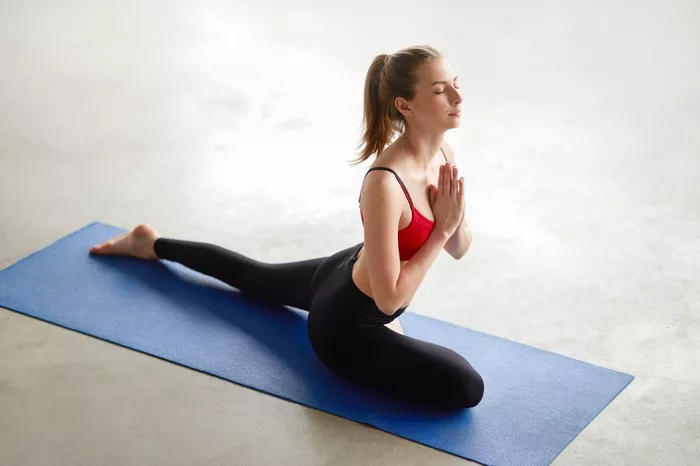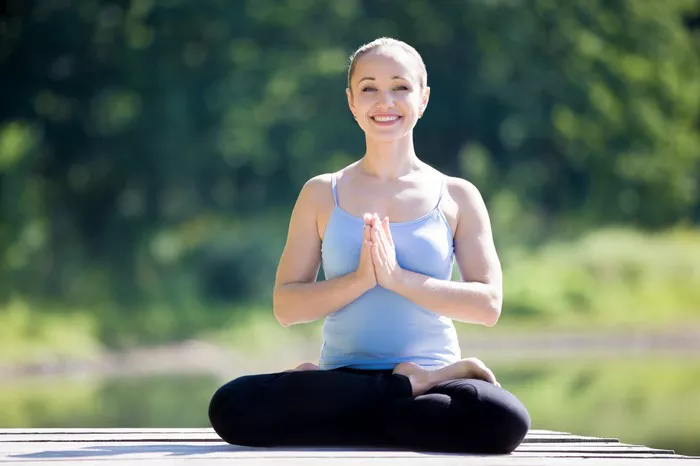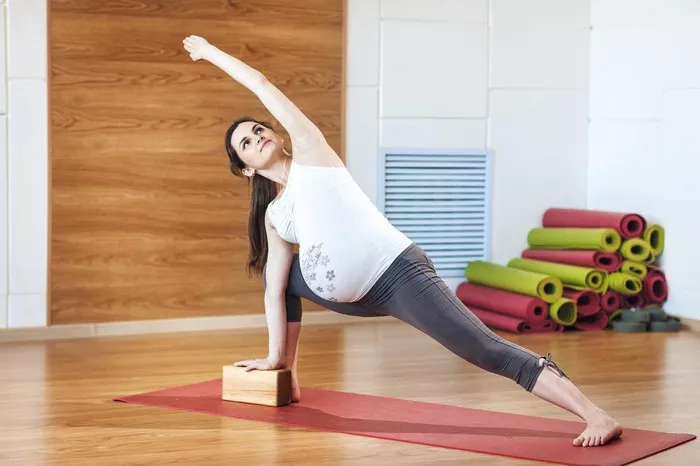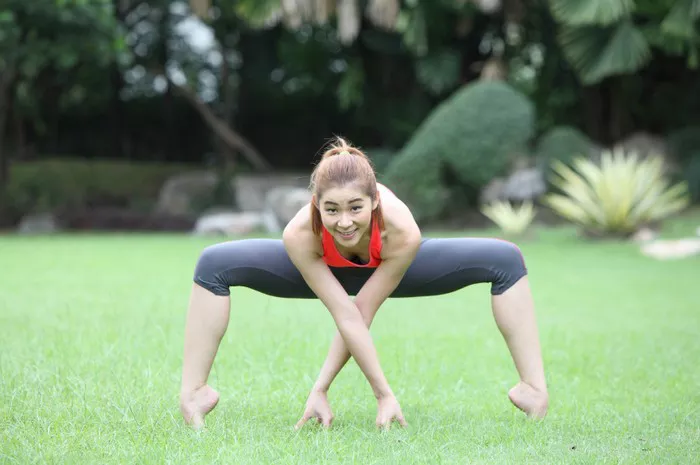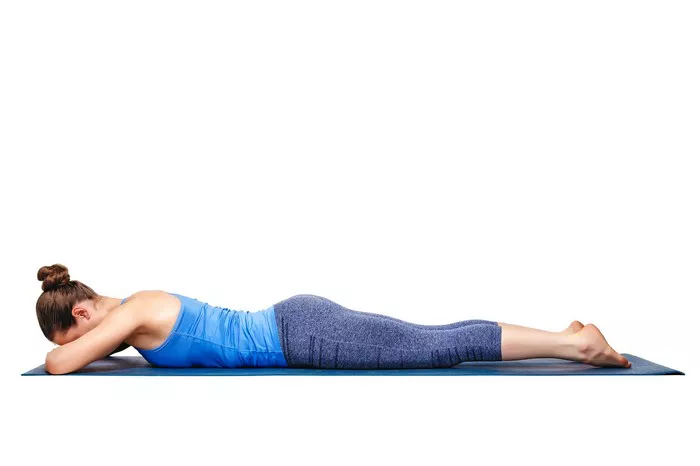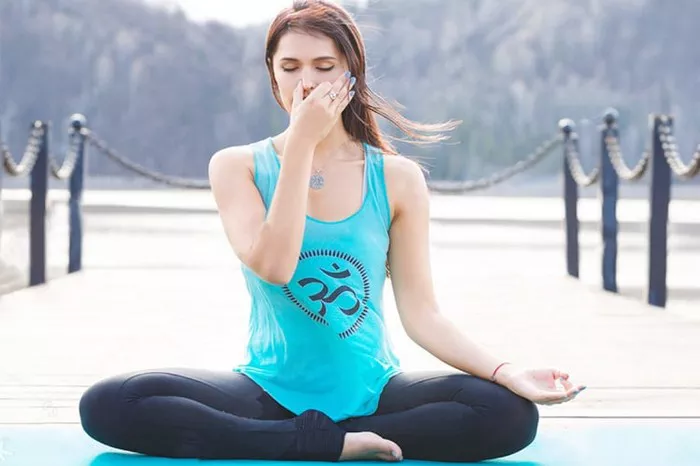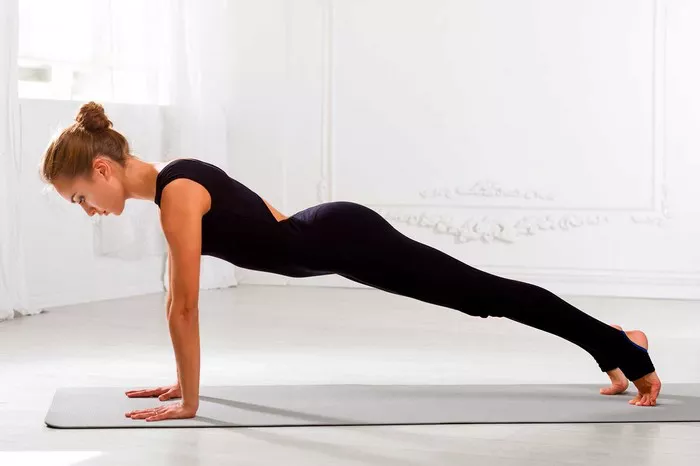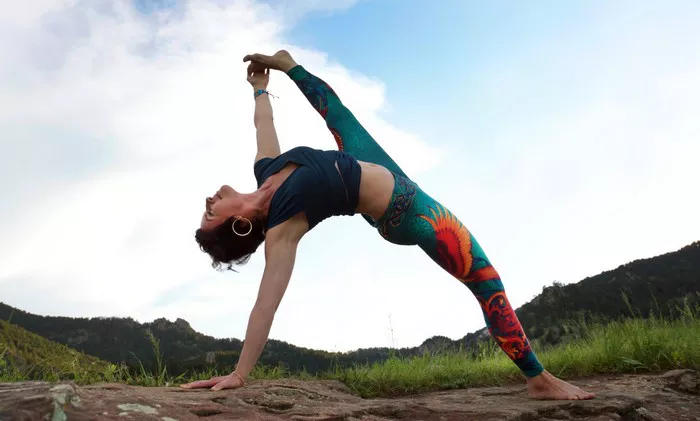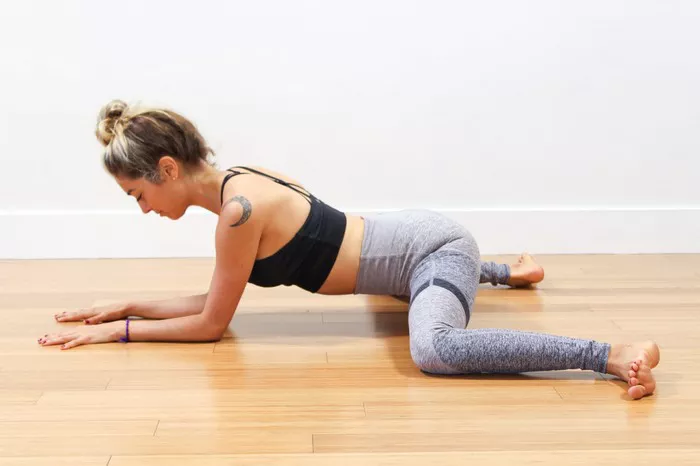Sciatica is a condition characterized by pain radiating along the path of the sciatic nerve, which branches from the lower back through the hips and down each leg. One of the most effective, non-invasive ways to alleviate sciatica pain is through yoga. This updated guide for 2025 details the ten best yoga poses for sciatica relief, using professional language while maintaining accessibility for beginners. Each pose is described with its benefits and safety considerations to ensure a helpful and informed yoga practice.
Understanding Sciatica and Yoga’s Role
Sciatica often results from a herniated disk, bone spur, or spinal stenosis compressing part of the nerve. The pain can be severe and debilitating, but yoga offers a gentle, natural method to relieve symptoms. Yoga works by stretching and strengthening the muscles around the spine and hips, reducing pressure on the sciatic nerve. Additionally, yoga promotes relaxation, which helps reduce inflammation and tension that can exacerbate sciatica symptoms.
1. Child’s Pose (Balasana)
Child’s Pose is a restorative posture that gently stretches the lower back and hips, providing relief from sciatic nerve pain. By lengthening the spine and decompressing the lumbar area, this pose helps soothe tight muscles around the sciatic pathway.
To practice Child’s Pose:
- Kneel on the mat with your big toes touching and knees spread apart.
- Sit back on your heels and stretch your arms forward.
- Let your forehead rest on the ground, keeping your neck relaxed.
This pose is especially beneficial for beginners and can be held for several minutes to encourage deep relaxation and pain relief.
2. Cat-Cow Pose (Marjaryasana-Bitilasana)
The Cat-Cow sequence increases mobility in the spine and pelvis, making it ideal for sciatica management. This dynamic movement helps to warm up the spine and release tension in the lower back.
To perform Cat-Cow:
- Start in a tabletop position with hands under shoulders and knees under hips.
- Inhale and arch your back, lifting the tailbone and head (Cow Pose).
- Exhale and round your back, tucking the chin and pelvis (Cat Pose).
Repeat this sequence slowly for 1–2 minutes, focusing on coordinated breathing and spinal fluidity.
3. Downward-Facing Dog (Adho Mukha Svanasana)
Downward-Facing Dog is a full-body stretch that targets the hamstrings, calves, and lower back—key areas often contributing to sciatica. It also encourages spinal alignment and decompresses the vertebrae.
Steps to do this pose:
- Begin in a tabletop position.
- Lift your hips toward the ceiling, straightening your legs as much as comfortable.
- Press your heels toward the floor and keep your head between your arms.
Hold for 30 seconds to a minute, breathing deeply. Avoid if you have acute lower back pain or wrist issues.
4. Pigeon Pose (Eka Pada Rajakapotasana)
Pigeon Pose is particularly effective in targeting the piriformis muscle, which can irritate the sciatic nerve when tight. This deep hip opener releases built-up tension in the glutes and pelvis.
How to do it:
- Start in a downward dog and bring one knee forward, placing it behind your wrist.
- Stretch the opposite leg straight behind you.
- Square your hips and lean forward over the bent leg.
Use props like a blanket under the hip for support if needed. Hold the pose for up to a minute per side, breathing gently.
5. Reclined Pigeon Pose (Supta Kapotasana)
A gentler alternative to the traditional Pigeon Pose, Reclined Pigeon Pose is suitable for those with limited hip mobility or acute pain. It offers similar benefits in stretching the piriformis and gluteal muscles without strain.
To do this pose:
- Lie on your back with knees bent.
- Cross your right ankle over your left thigh.
- Thread your hands through to grab behind your left thigh and pull gently toward you.
Hold the stretch for 30 seconds to 1 minute, then switch sides. Focus on even, deep breathing.
6. Cobra Pose (Bhujangasana)
Cobra Pose helps to strengthen the spine and open the chest, making it useful for relieving lower back tension. It is ideal for counteracting long hours of sitting, which often aggravate sciatica.
To practice Cobra Pose:
- Lie on your stomach with hands under your shoulders.
- Inhale and lift your chest while keeping your elbows bent.
- Avoid lifting too high to prevent compressing the lower back.
This mild backbend promotes spinal extension and should be done slowly and carefully, especially for those new to yoga.
7. Bridge Pose (Setu Bandhasana)
Bridge Pose strengthens the glutes, hamstrings, and lower back while improving spinal alignment. It also gently stretches the hip flexors and may help reduce sciatic nerve compression.
Steps:
- Lie on your back with knees bent and feet hip-width apart.
- Press your feet into the mat and lift your hips.
- Keep your arms at your sides and interlace your fingers underneath your back if possible.
Hold for 30 seconds and gradually build up to 1 minute. Avoid this pose if you experience sharp lower back pain.
8. Standing Forward Bend (Uttanasana)
This pose provides a deep stretch for the hamstrings and calves, which can ease pressure on the lower back and sciatic nerve. It also calms the nervous system and promotes relaxation.
How to perform:
- Stand with feet hip-width apart.
- Hinge at the hips and fold forward, letting your head hang.
- Bend your knees slightly if needed to avoid straining the lower back.
Practice with gentle movement and avoid forcing the stretch to prevent injury.
9. Supine Twist (Supta Matsyendrasana)
A gentle spinal twist, this pose helps to release tension in the lower back and stimulate circulation. It also massages the abdominal organs and supports spinal flexibility.
To do this pose:
- Lie on your back with knees bent.
- Drop both knees to one side while keeping your shoulders grounded.
- Extend your arms out to the sides and gaze in the opposite direction of your knees.
Hold for 1–2 minutes per side. This is a restorative pose that can be done at the end of your yoga session.
10. Legs-Up-The-Wall Pose (Viparita Karani)
This passive inversion is excellent for calming the nervous system and reducing lower body tension. By allowing the legs to rest above the heart, it facilitates fluid drainage and reduces inflammation.
How to do it:
- Sit sideways next to a wall, then lie back and swing your legs up onto the wall.
- Adjust your distance from the wall for comfort.
- Relax your arms at your sides, close your eyes, and breathe deeply.
Stay in this pose for 5 to 10 minutes. It is ideal for winding down and is safe for most individuals, including beginners.
Conclusion
Yoga offers a gentle yet effective path to relieve sciatica symptoms by addressing the root causes of pain through movement, breath, and mindfulness. The ten poses outlined above promote flexibility, reduce nerve compression, and support spinal health. Always consult with a healthcare provider before beginning any new exercise routine, especially if you have a medical condition or injury. Remember to listen to your body and modify poses as needed.
FAQs
1. Can yoga cure sciatica permanently?
Yoga cannot “cure” sciatica in all cases, especially if it’s caused by structural issues like herniated discs. However, it can significantly reduce symptoms and prevent recurrence by improving posture, strength, and flexibility.
2. How often should I practice yoga for sciatica relief?
Practicing yoga 3 to 5 times per week can be effective. Consistency is key, and even short sessions can offer substantial benefits over time.
3. Are there any poses I should avoid if I have sciatica?
Avoid deep forward bends, extreme backbends, or any movement that causes sharp pain or tingling. Always move within a pain-free range and consult a yoga therapist or physical therapist for guidance.
4. How long does it take to see results from yoga for sciatica?
Some individuals may feel relief after a few sessions, while others may need several weeks. The timeline varies depending on the severity and cause of the sciatica.
5. Is it safe to do yoga during an acute sciatica flare-up?
During acute pain, it’s best to rest and consult a medical professional. Once the inflammation subsides, gentle yoga can be reintroduced gradually with professional guidance.
Related Topics:

